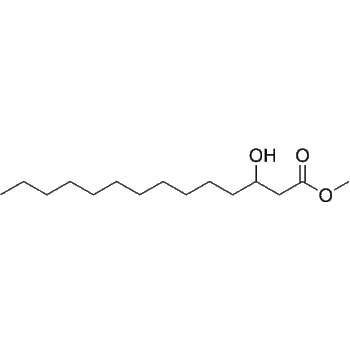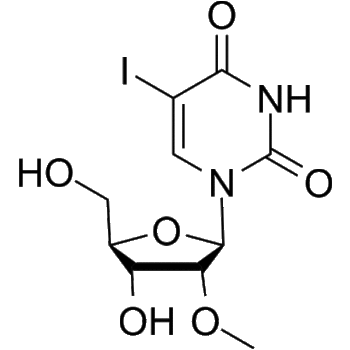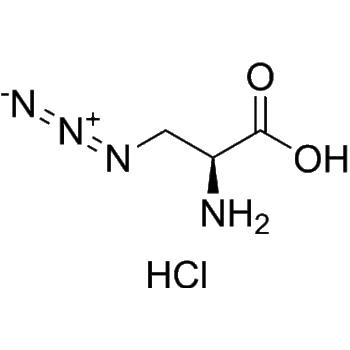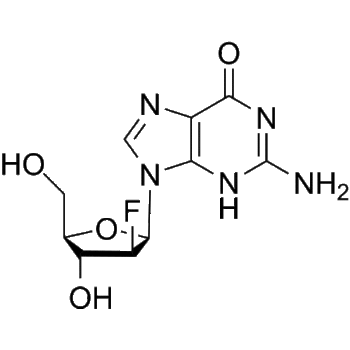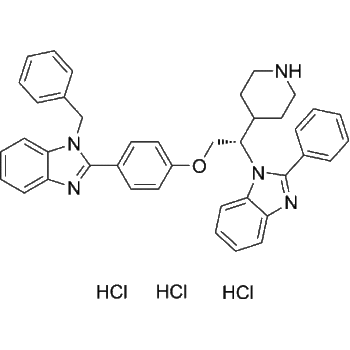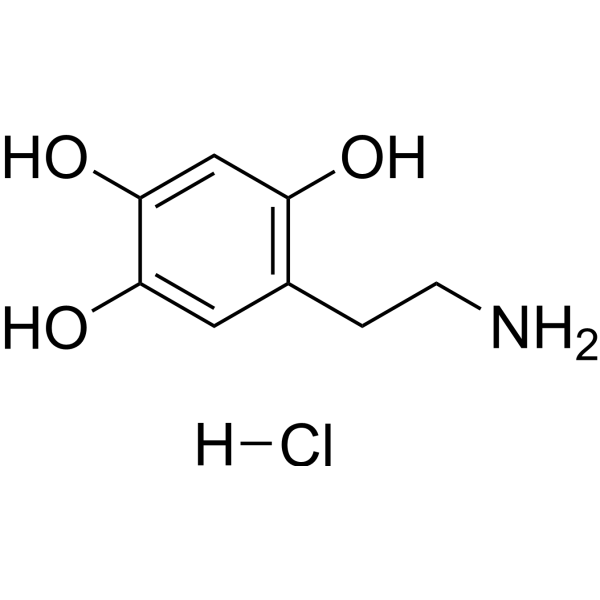
Download Files:
Oxidopamine (hydrochloride)
$50 – $330
Products Details
Product Description
– Oxidopamine (6-OHDA) hydrochloride is an antagonist of the neurotransmitter dopamine. Oxidopamine hydrochloride is a widely used neurotoxin and selectively destroys dopaminergic neurons. Oxidopamine hydrochloride promotes COX-2 activation, leading to PGE2 synthesis and pro-inflammatory cytokine IL-1β secretion. Oxidopamine hydrochloride can be used for the research of Parkinson’s disease (PD), attention-deficit hyperactivity disorder (ADHD), and Lesch-Nyhan syndrome[1][2][3][4].
Web ID
– HY-B1081
Storage Temperature
– 4°C (Powder, stored under nitrogen)
Shipping
– Room Temperature
Applications
– Neuroscience-Neuromodulation
Molecular Formula
– C8H12ClNO3
Citations
– Brain Res. 2023 Mar 11;148320.|Cell Metab. 2022 Nov 11;S1550-4131(22)00490-9.|Chinese Pharmacological Bulletin. 2018 May; 34(5): 620-626.|CNS Neurosci Ther. 2023 Apr 26.|Metab Brain Dis. 2021 Jan 28.|Oxid Med Cell Longev. 08 Aug 2022.|Research Square Preprint. 2023 Jun 28.|Research Square Print. 2022 Jul.|Cell Stem Cell. 2023 Jun 1;30(6):832-850.e6.|CNS Neurosci Ther. 2023 Aug 11.|Mol Biol Rep. 2022 Nov 4.|Neurol Res. 2018 Sep;40(9):736-743.
References
– [1]Fujita H et al. Cell-permeable cAMP analog suppresses 6-hydroxydopamine-induced apoptosis in PC12 cells through the activation of the Akt pathway. Brain Res. 2006 Oct 3;1113(1):10-23.|[2]Soto-Otero R et al. Autoxidation and neurotoxicity of 6-hydroxydopamine in the presence of some antioxidants: potential implication in relation to the pathogenesis of Parkinson’s disease. J Neurochem. 2000 Apr;74(4):1605-12.|[3]Jin F, et al. Neuroprotective effect of resveratrol on 6-OHDA-induced Parkinson’s disease in rats. Eur J Pharmacol. 2008 Dec 14;600(1-3):78-82. |[4]Kang X, et al. Cyclooxygenase-2 contributes to oxidopamine-mediated neuronal inflammation and injury via the prostaglandin E2 receptor EP2 subtype. Sci Rep. 2017 Aug 25;7(1):9459.
CAS Number
– 28094-15-7
Molecular Weight
– 205.64
Compound Purity
– 99.91
SMILES
– OC1=CC(CCN)=C(O)C=C1O.[H]Cl
Clinical Information
– No Development Reported
Research Area
– Cancer; Neurological Disease
Solubility
– DMSO : 83.33 mg/mL (ultrasonic)|H2O : 100 mg/mL (ultrasonic)
Target
– Apoptosis;Autophagy;Caspase;COX;Dopamine Receptor;Interleukin Related;Mitophagy;p38 MAPK;PGE synthase
Isoform
– Caspase 3;Caspase 8;Caspase 9;COX-2;IL-1
Pathway
– Apoptosis;Autophagy;GPCR/G Protein;Immunology/Inflammation;MAPK/ERK Pathway;Neuronal Signaling
Product type
– Reference compound
Disclaimer: All products are for Research use only unless clearly stated otherwise on the product datasheet. Datasheets provided on the website are drafts for reference purpose only and you are requested to always refer to the hard copy included in the kit for your experimentation. Agdia Products are available for delivery only in Canada.
